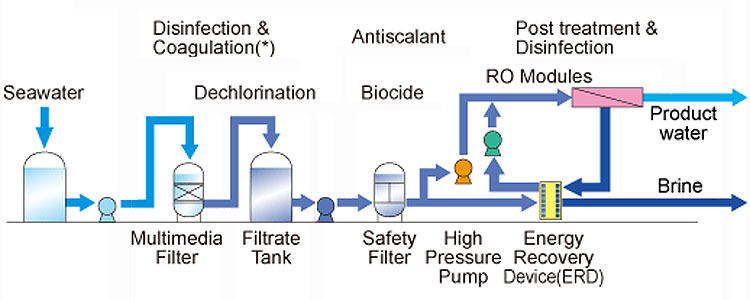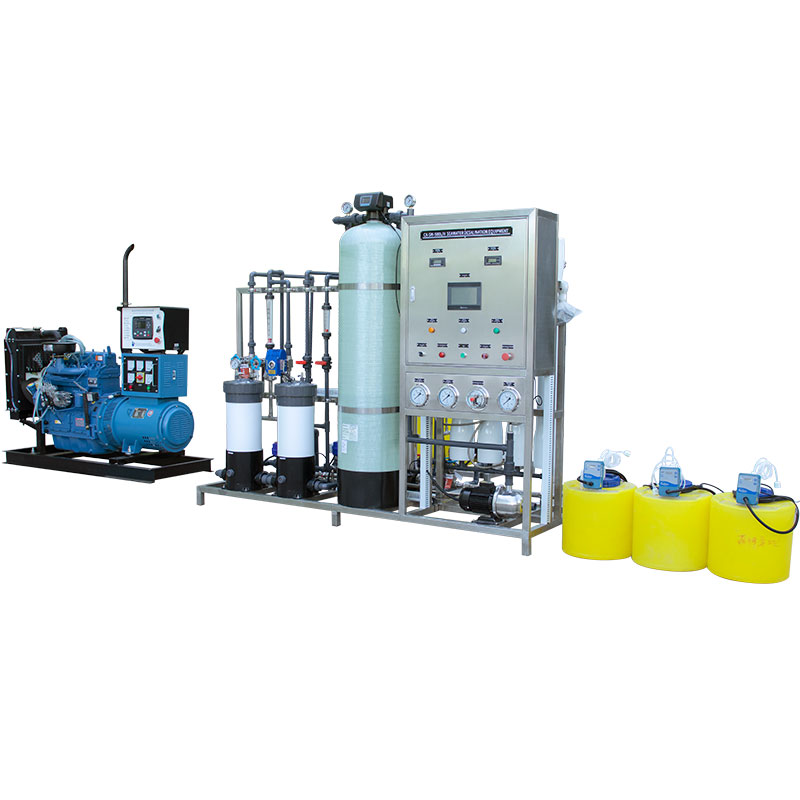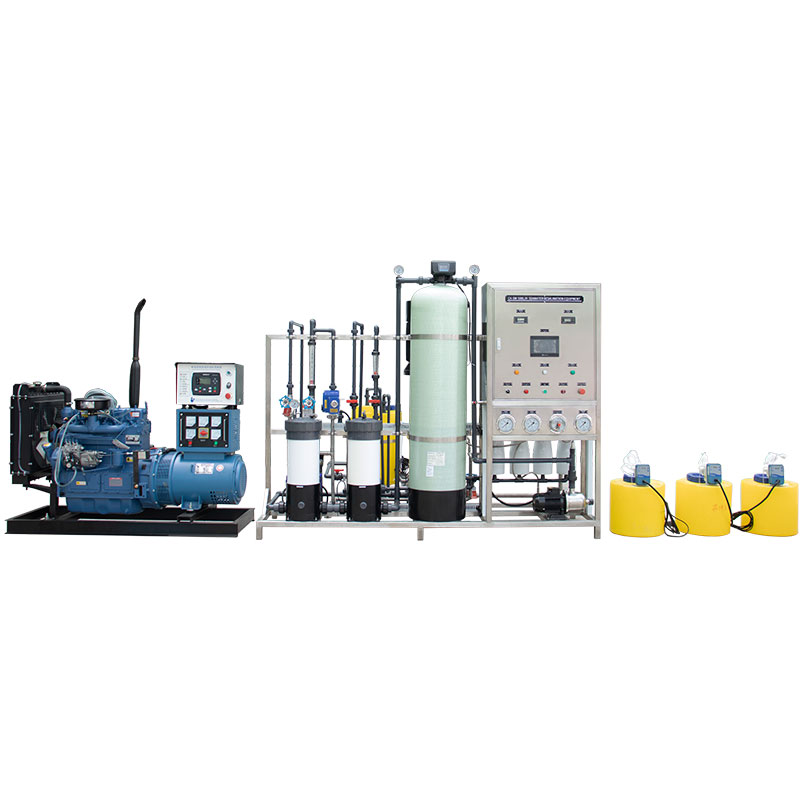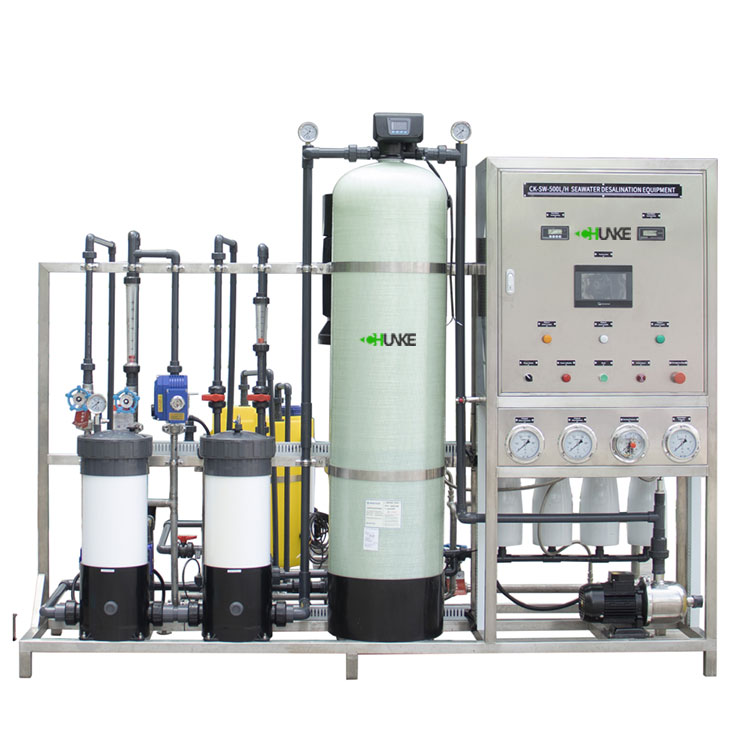Can the desalinated water from a desalination machine be drunk directly?
Desalination machines are devices that convert seawater into fresh water and are used in many coastal cities and arid areas. With the popularity of this technology, people can't help but ask: Can the desalinated water from a desalination machine be drunk directly?
This article will discuss in detail the treatment process, drinking safety, actual cases and advantages and disadvantages of desalinated water to provide readers with comprehensive information.

What is desalination technology?
Desalination technology is to remove salt and other impurities from seawater through physical, chemical or biological methods to produce usable fresh water. At present, the main desalination technologies include reverse osmosis (RO), multi-stage flash evaporation (MSF) and electrodialysis (ED). Among them, reverse osmosis technology has become the most widely used desalination method due to its high efficiency and relatively low cost.
What is the desalination process?
1. Pretreatment
Before reverse osmosis desalination, seawater needs to be pretreated to remove large suspended particles, microorganisms and organic matter. This usually includes mechanical filtration, sand filtration and activated carbon adsorption to ensure that the seawater entering the reverse osmosis membrane is clean to extend the service life of the membrane.
2. Reverse Osmosis
Reverse osmosis is to apply high pressure to make seawater pass through a semipermeable membrane. Salt and other soluble impurities are trapped on one side of the membrane, and only water molecules can pass through to produce fresh water. The pore size of the reverse osmosis membrane is very small, usually around 0.0001 microns, which can effectively remove most soluble salts, heavy metals, microorganisms and organic matter.
3. Post-treatment
Freshwater produced by the reverse osmosis process usually needs to be post-treated to adjust the water quality to meet drinking water standards. Post-treatment steps include adjusting the pH value, adding necessary minerals and performing final disinfection (such as ultraviolet disinfection or chlorine disinfection).

Can the water desalinated by the seawater desalination machine be drunk directly?
1. Water quality standards
The water desalinated from seawater must meet the relevant drinking water standards before it can be safely drunk. Countries and regions have strict standards and regulations for drinking water quality, such as the World Health Organization (WHO) Drinking Water Quality Guidelines, the U.S. Environmental Protection Agency (EPA) and China's "Standards for Drinking Water Hygiene" (GB 5749-2006). These standards have specific requirements for the content of microorganisms, heavy metals, organic pollutants and other chemicals in water.
2. Removal of pollutants
Reverse osmosis technology can effectively remove most pollutants in seawater, including salt, heavy metals, pathogenic microorganisms and organic pollutants. However, reverse osmosis is not a panacea. Some trace pollutants may penetrate through the membrane and need to be treated in the post-treatment stage. For example, some volatile organic compounds and small molecule pollutants may need to be removed by activated carbon adsorption or other means.
3. Mineral content
Due to its high purity, desalinated water contains almost no minerals, and the human body needs a certain amount of minerals to maintain normal physiological functions. Therefore, an appropriate amount of minerals, such as calcium, magnesium and potassium, are usually added to desalinated water during the post-treatment process to increase the hardness and mineral content of the water to ensure its drinking safety and taste.
4. Disinfection treatment
Desalinated water needs to be disinfected during the post-treatment process to ensure that it does not contain any pathogenic microorganisms. Common disinfection methods include ultraviolet disinfection, ozone disinfection and chlorine disinfection. The disinfection process must be strictly controlled to ensure the sterilization effect and avoid the production of harmful disinfection by-products.

Actual case analysis
1. Israel desalination project
Israel is a leading country in seawater desalination technology in the world, and the amount of water produced by seawater desalination accounts for more than 70% of the country's water consumption. Israel's desalinated water has undergone strict treatment and quality testing and fully meets the drinking water standards. Residents can drink it directly. This successful experience shows that through scientific and reasonable treatment, desalinated water can meet the safety standards for drinking water.
2. Saudi Arabia desalination
Saudi Arabia's desalination project is also very successful. It mainly uses multi-stage flash evaporation and reverse osmosis technology to produce fresh water for urban water supply and industrial water. Saudi Arabia's desalinated water has been post-treated and quality-controlled to meet international drinking water standards, and both residents and industrial users can use it with confidence.
3. California Desalination Plant
The Carlsbad Desalination Plant in California, USA, is one of the largest desalination projects in North America, producing about 500 million liters of fresh water every day, meeting the water needs of local residents. The desalinated water produced by the plant undergoes strict water quality testing and post-treatment to ensure that the water quality meets the US drinking water standards and can be drunk directly by residents.

What are the advantages and disadvantages of desalination machines?
1. Advantages of desalination machines:
● Stable water supply: Desalination technology can provide stable fresh water resources, which is of great significance, especially in areas where fresh water resources are scarce.
● Efficient purification: Reverse osmosis and other technologies can effectively remove salt, heavy metals and microorganisms from seawater and provide high-quality fresh water.
● Mature technology: After years of development, desalination technology has mature processes, reliable equipment and wide application.
2. Disadvantages of desalination machines:
● High cost: The desalination process requires a lot of energy and the cost is relatively high, especially for areas with energy shortages.
● Environmental impact: The discharge of concentrated brine generated during the desalination process may have an impact on the marine environment and needs to be properly handled.
● Lack of minerals: Desalinated water contains almost no minerals and needs to be artificially added during post-treatment to meet human health needs.

Precautions for using desalinated water
1. Water quality testing
During the production and use of desalinated water, strict water quality testing should be carried out to ensure that it meets the drinking water standards. Regular testing can discover and solve potential problems and ensure water quality safety.
2. Equipment maintenance
Desalination equipment needs regular maintenance and overhaul to ensure its normal operation and efficient purification. Equipment maintenance includes cleaning of reverse osmosis membranes, replacement of filter elements, and regular inspection of pipelines.
3. Reasonable allocation
When using desalinated water, attention should be paid to reasonable allocation to ensure that its mineral content is appropriate and tastes good. Especially in the case of long-term drinking, attention should be paid to the mineral content in the water to avoid health problems caused by mineral deficiency.
Conclusion
The water desalinated by the desalination machine can be directly drunk after scientific and reasonable treatment and strict quality testing. Actual cases show that through advanced desalination technology and perfect post-treatment technology, desalinated water can fully meet international drinking water standards and meet the drinking needs of residents.






